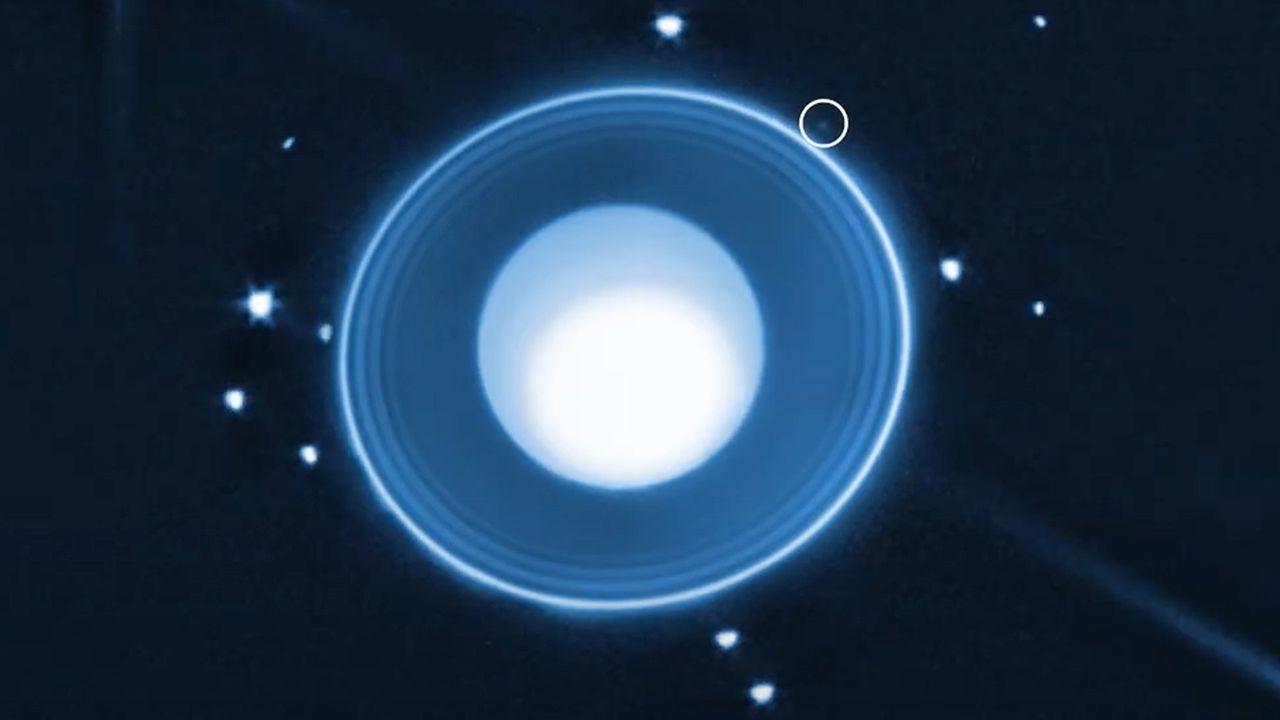Now Reading: Apple’s iOS 26 Liquid Glass Rules Spark Speculation on Future Devices
-
01
Apple’s iOS 26 Liquid Glass Rules Spark Speculation on Future Devices
Apple’s iOS 26 Liquid Glass Rules Spark Speculation on Future Devices

Swift Summary
- Apple’s iOS 26 Liquid Glass guidelines emphasize avoiding screen corners and focusing on “concentricity” in app design.This could signify upcoming hardware developments.
- Similar approaches were seen during major updates, like iOS 11’s safe area insets, which later aligned with innovations such as the notch and home tab from the iPhone X.
- Developer Craig Hockenberry suggests these guidelines fit devices where the screen seamlessly integrates into physical edges, hinting at possible advancements like foldable or bezel-less designs.
- Rumors align these changes with potential products like Apple’s long-awaited iPhone Fold, expected to rival Samsung’s Galaxy Z Fold and possibly featuring crease-free folding technology.
- Speculations also suggest future releases of an all-glass iPhone by 2027 for Apple’s 20th anniversary and additional ultra-thin devices like a redesigned macbook Pro or iPhone 17 Air.
!Apple’s Liquid Glass UI on an iPhone
!Home Screen featuring foldable capabilities
Indian Opinion Analysis
While Apple’s design evolution via its new guidelines remains speculative for now, it highlights the company’s consistent strategy of aligning software changes with future hardware innovation. For India-one of Apple’s fastest-growing markets-this development is likely to spur excitement among tech-savvy consumers who are keen adopters of premium devices. Foldable phones have gained attention globally but remain niche due to high costs; if Apple introduces competitive options within this format, it may influence purchasing trends even more strongly in premium segments.
Given India’s reliance on affordable flagship alternatives offered by competitors like Samsung Xiaomi or Oneplus subsegments would help apple sustainability


























